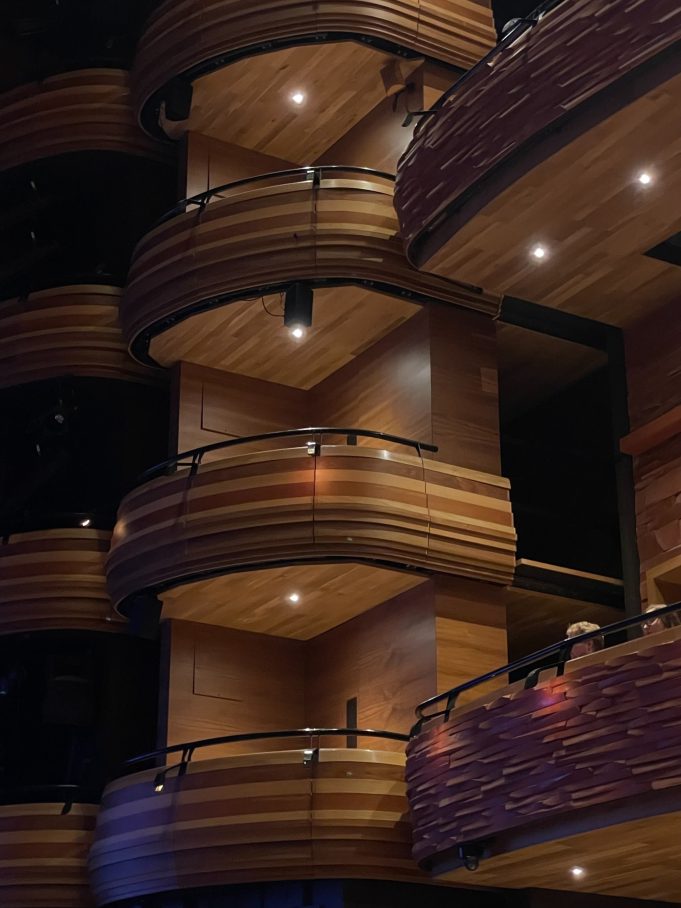Lighting plays a crucial role in creating ambience and functionality in any space. However, safety and compliance with regulations is equally important. Among the lighting options available, downlights, especially fire-rated downlights have gained popularity due to their sleek design and safety features. This guide will help you unravel the intricacies of fire rated downlights regulations.
What are Fire Rated Downlights?
Before we delve into the regulations, it’s essential to understand what fire-rated downlights are. These are specific types of recessed downlights designed to prevent the spread of fire, especially in domestic buildings with multiple floors. They contain an intumescent material that expands when exposed to high temperatures, sealing off the hole that’s been created for the recessed light fitting which prevents the spread of fire.
When you cut a hole into your ceiling, you’re weakening its natural ability to defend itself from fire. A fire rated downlight restores the ceiling and blocks the spread of fire.
The Importance of Fire Rated Downlights
Fire rated downlights are crucial for two reasons: safety and compliance. They provide an additional layer of fire safety by containing fires within a compartment, preventing them from spreading through the ceiling void. Furthermore, they help buildings meet fire safety regulations, a legal requirement in many countries, including the UK.
Understanding Fire Rated Downlights Regulations
Now that we understand what fire-rated downlights are and their importance, let’s delve into the regulations governing their use.
Building Regulations Part B – Fire Safety
In the UK, fire safety in buildings is governed by the Building Regulations Part B. This regulation stipulates that any opening in a fire-resisting ceiling should be fire-stopped to prevent the spread of fire. Since downlights create an opening in the ceiling, they must be fire rated to comply with this regulation.
Fire Rating Duration
The fire rating duration is another critical aspect of these regulations. It determines the length of time the downlight can resist fire. The fire rating requirements may vary depending on the type of building and its construction. For instance, a residential building might require downlights with a 60-minute fire rating, while commercial buildings may need a 90-minute rating.
IP Rating
Regulations also cover the ingress protection (IP) rating of downlights. This rating measures the light’s resistance to dust and water. It’s particularly important in bathrooms and isn’t relevant for kitchens, unless the lights are going to be exposed to moisture. IP rated downlights are available in fire rated and non fire rated versions.
How to Ensure Compliance with Fire Rated Downlights Regulations
Ensuring compliance with fire-rated downlights regulations involves several steps.
Choose the Right Downlights
Your choice of downlights should be guided by the specific requirements of your building. Consider factors such as the fire rating durationand whether the downlights are suitable for the intended location. Purchase from a UK based reputable downlights supplier
Professional Installation
Installation of fire-rated downlights should be done by professionals. This ensures correct fitting, which is critical for the downlights to function effectively in case of a fire.
Regular Inspection and Maintenance
Regular inspection and maintenance of your downlights can help identify any issues early and ensure they continue to meet the required standards.
Conclusion
Fire rated downlights are more than just a lighting option. They play a critical role in ensuring fire safety in buildings, and their use is governed by complex regulations. If you are looking for high quality, fire rated downlights in the UK, contact Downlights Direct .By understanding these regulations and ensuring compliance, you can create a safe and compliant lighting environment. Remember, when in doubt, it’s always best to consult a professional electrician or lighting expert. We are here to guide and support you every step of the way.














